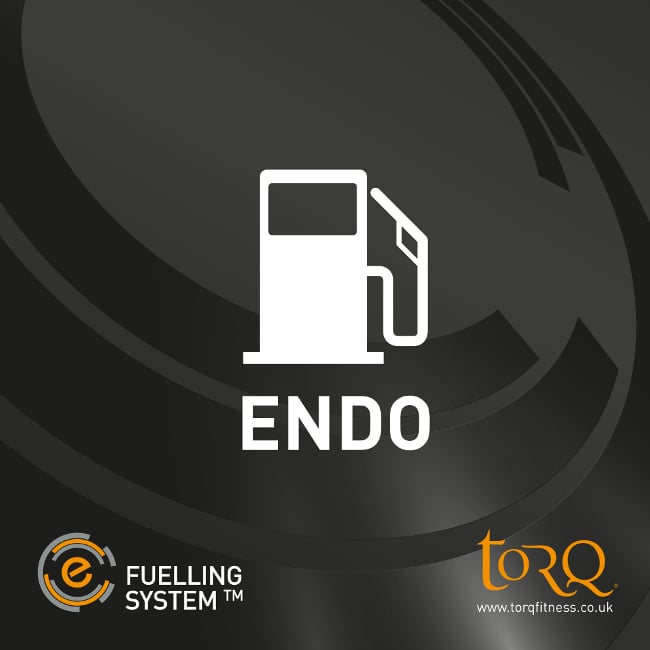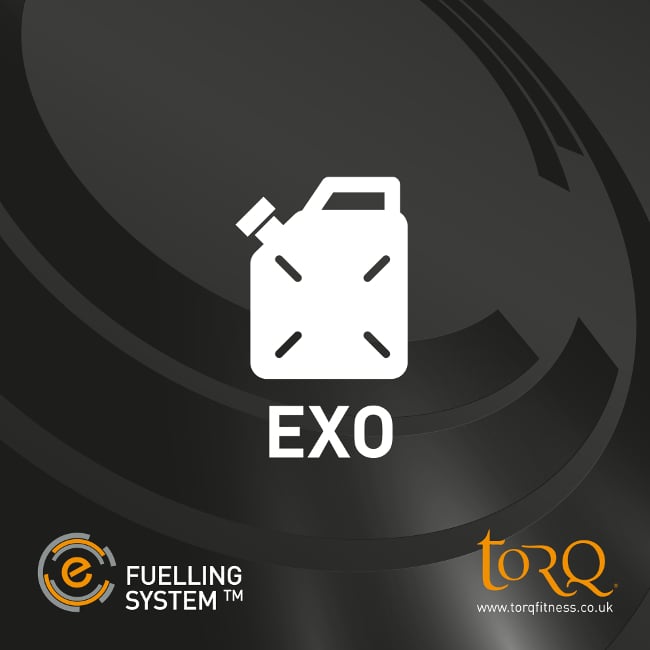For anyone engaging in prolonged physical activity, fuelling isn’t just about maintaining energy—it’s about unlocking the body’s full potential and avoiding preventable fatigue. Understanding how the body uses energy and how to support it during exertion can transform performance and recovery.
Our video explains why fuelling your physical activities is so important, so you’re likely to save yourself time and learn more by watching it – some concepts are more easily explained through animations.

Endogenous vs. Exogenous Carbohydrates
The body draws on two primary sources of carbohydrate during exercise:

Endogenous carbohydrates are stored as glycogen in muscles and the liver, providing a finite energy reserve. Even in well-trained athletes, these stores are limited to approximately 500 grams, equating to around 2,000 kilocalories. Once depleted, performance declines sharply—a phenomenon known as “bonking” or “hitting the wall.”

Exogenous carbohydrates are those consumed during exercise, such as through energy drinks, gels, or food. These are utilized immediately for energy, sparing endogenous stores and prolonging endurance.
How Much Is Enough?
Carbohydrate intake during activity directly affects how long the body can maintain effort. Studies and field experience show clear benefits at different intake levels:
0g/hour: Quick depletion of glycogen; early onset of fatigue.
30g/hour: Some support; modest extension of energy.
60g/hour: Better endurance; slower depletion of stored energy.
90g/hour: Optimal; delays fatigue and supports sustained output.
Higher intakes help maintain blood glucose, spare glycogen, and improve focus and motor control—essential for longer sessions or competitive efforts.
Getting More From Fuel: The Glucose-Fructose Combination
Historically, it was believed the body could only absorb about 60g of carbohydrate per hour, mainly through the SGLT1 transporter (used for glucose). However, combining glucose with fructose—absorbed via the GLUT5 transporter—can raise the intake ceiling to around 90g per hour.
This dual-carbohydrate approach not only increases fuel delivery but also spreads the digestive load, reducing the chance of gastrointestinal discomfort. Note – many energy products do not contain both types of carbohydrate and the many-times proven optimal ratio of glucose to fructose is 2:1.

Training the Gut
Just as muscles adapt to training, the digestive system can be conditioned to handle higher carbohydrate intake. By gradually increasing fuel intake during sessions, the body learns to absorb more without discomfort. This process—often referred to as “gut training”—is vital for anyone aiming to perform well over long durations.
Practical Guidelines for Fuelling
Begin early: Don’t wait for fatigue—start consuming carbohydrates at the beginning of your session.
Maintain consistency: Aim for 60–90g per hour depending on intensity, duration, and personal tolerance.
Hydrate wisely: In warmer conditions, opt for liquid sources that contribute to hydration. In cooler weather, more concentrated carbohydrate options may be preferable.
Test and refine: Use training as a space to trial different products, amounts, and timing strategies. What works best is often individual.

Final Thoughts
Fuelling effectively is not about guesswork—it’s about applying knowledge with discipline. With a thoughtful, well-rehearsed strategy, the body can perform longer, recover faster, and handle effort with greater ease. For those who prepare, the reward is not only in going the distance, but in doing so with control and confidence.
For an in-depth dive into fuelling your performance and building a strategy, take a look at: The TORQ Fuelling System








